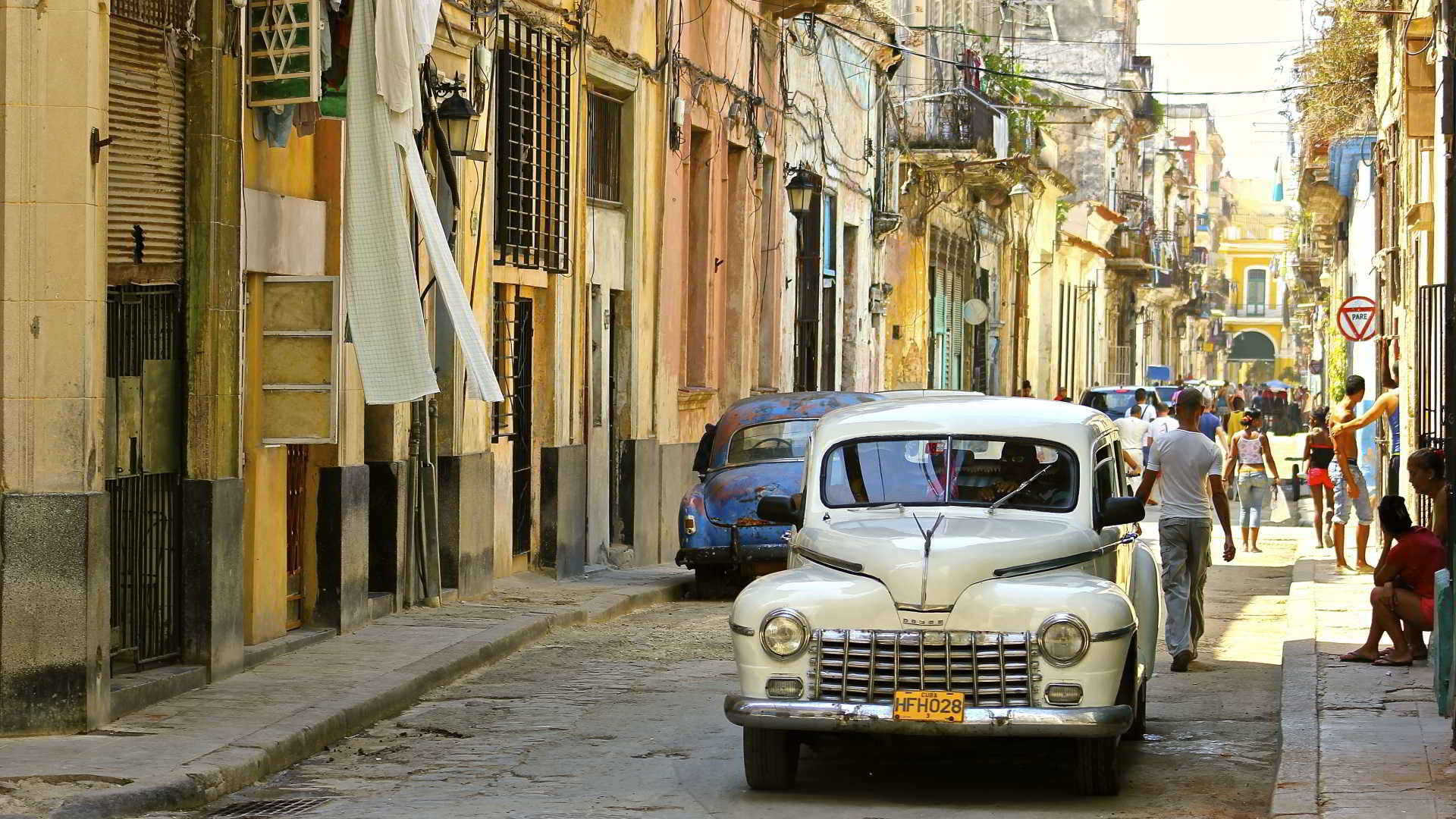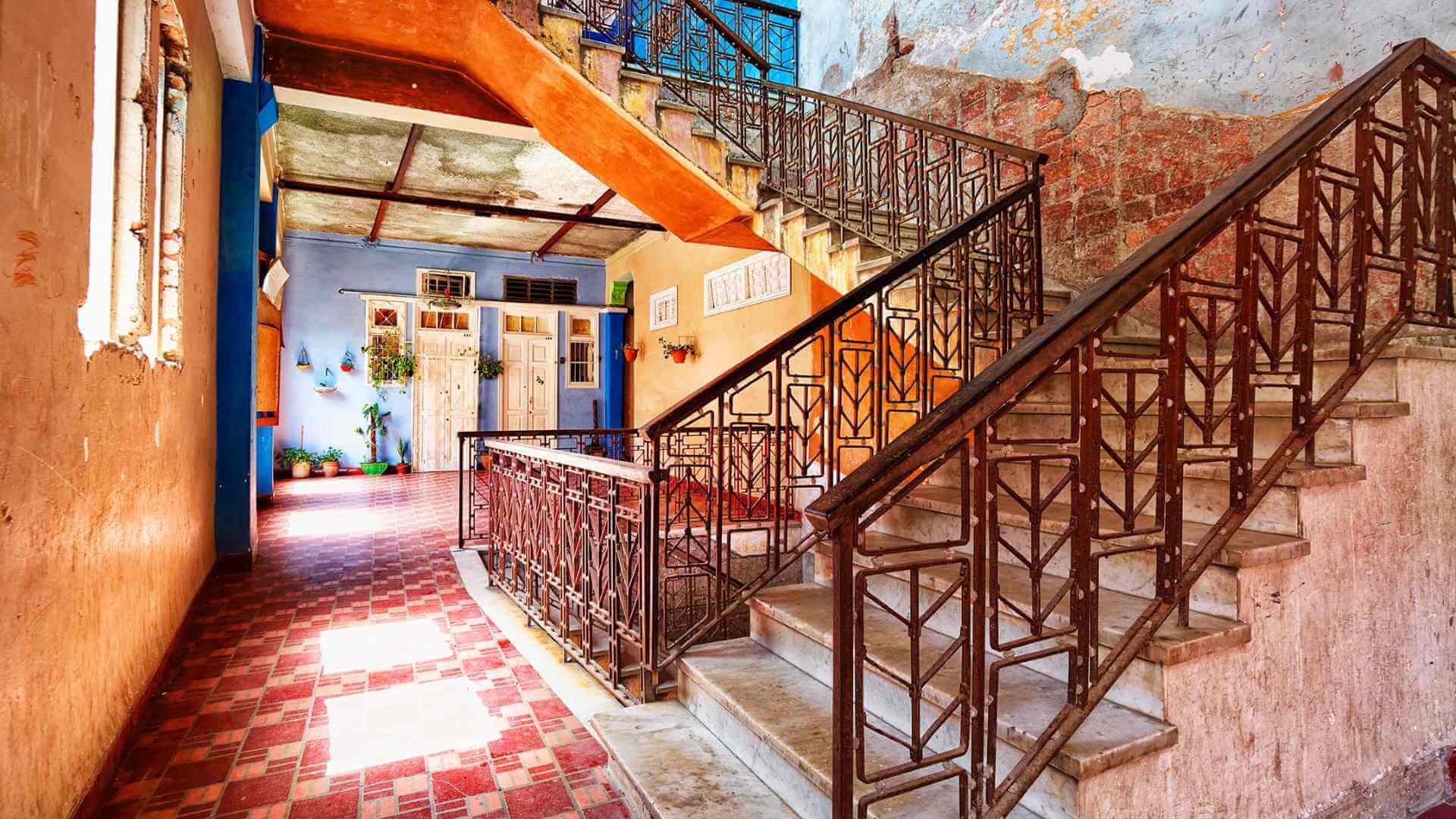
About me – my ideas and experiences.
I’ve always been of the opinion that art lovers should first study art, visit museums, see everything they can, and in particular read books, which have been the constant companions of my investigation.
When I first visited Havana I had a lot of time to myself, and visited the museums and galleries multiple times. Art overdoses are bad, but they leave no trace. I read many books and learned a lot about Cuban art, of which I had initially known little except for the work of Wilfred Lam and Agustin Cardenas, who had lived most of their lives in Paris and were considered almost European.
I became fascinated with Cuban art and decided to settle in Cuba permanently. I met and befriended many contemporary artists, painters, sculptors, and photographers, and in time my house became a meeting point for artists. Roberto Diago, Pablo Oliva, Flavio Garciandia, Kcho, José Fors, William Perez, and Rancaño have all honored me with their presence and friendship, and I enjoyed the wider company of art critics, historians, museum directors, and representatives of government art institutions.

Studying Cuban art is not a challenging enterprise, because it is rather young. Its origins must be traced partly in Europe, partly in the United States, and in primitive art, in African art – particularly yoruba – and in the influence of Mexican muralists.
In order to fully understand the value and meaning of Cuban art in all its forms we have to understand the country and its history: the political isolation from the rest of the world, its colonial past, its fight for independence, and the persistence of slavery until 1886. We also have to consider the exotic influences of the Caribbean; its cults, exorcisms, and santerias. All these things and the rich diversity of nationalities living in Cuba today contribute to and influence the work of Cuban artists.
The artworks on this website are the result of a tireless and still ongoing research, and seek to capture the breadth and scope of this fascinating culture.
Claudio Marinelli
Havana
Cuba
